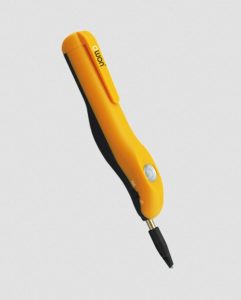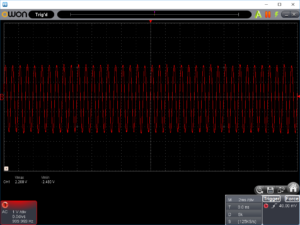Introduction
A recent article questioned the accuracy of measurement of Matched Line Loss (MLL) for a modified commercial transmission line. The published results were less than half the loss of an equivalent line in air using copper conductors and lossless dielectric, when in fact there would be good reason to expect that the line modification would probably increase loss.
How do you avoid the pitfalls of using analysers and VNAs to measure line loss?
Lets walk through a simple exercise that you can try at home with a good one port analyser (or VNA). Measuring something that is totally unknown does not provide an external reference point for judging the reasonableness of the results, so will use something that is known to a fair extent,
Experiment
For this exercise, we will measure the Matched Line Loss (MLL) of a 6m length of uniform transmission line, RG58C/U cable, using an AIMUHF analyser. The AIM manual describes the method.
If you need to know the cable loss at other frequencies, enable the Return Loss display using the Setup menu and click Plot Parameters -> Return Loss and then do a regular scan of the cable over the desired frequency range with the far end of the cable open. Move the blue vertical cursor along the scan and the cable loss will be displayed on the right side of the graph for each frequency point
Note the one-way cable loss is numerically equal to one-half of the return loss. The return loss is the loss that the signal experiences in two passes, down and back along the open cable.
Our measurements will show that this is a naively simple explanation, and to take it literally as complete may lead to serious errors. Yes, it IS the equipment manual, but it is my experience that the designers of equipment, and writers of the manuals often show only a superficial knowledge of the relevant material.
Datasheet
Above is an extract of the datasheet for Belden 8262 RG58C/U type cable, our test cable should have similar characteristics. Continue reading Transmission line measurements – learning from failure








